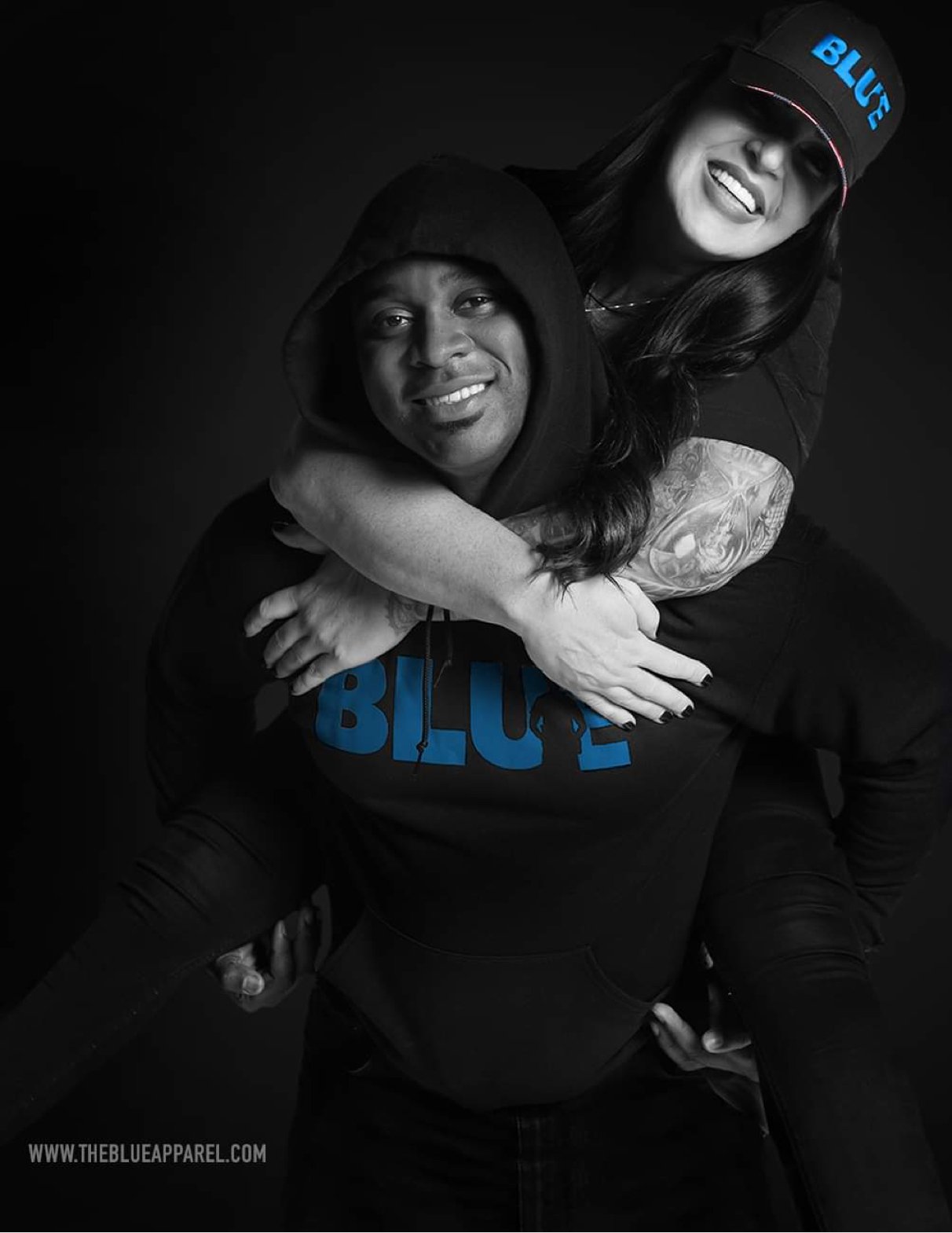REMEMBER WHEN: THOSE WERE THE DAYS
/My First Day
By: Major Wesley R. Wise (Ret.)
The Northeast District station house is a “U” shaped red brick, two-story building with a large parking lot behind it. I had trouble finding the station on my first day and was almost late. When I entered the back of the building, I reported to the first person I encountered, a grumpy desk sergeant. I’d been given no instructions, so I saluted the desk sergeant and said, rather lamely, “I’m Officer Wise and I’m reporting for duty.” He looked disinterested and seemed not to know exactly what to do with me, so he sent me in search of the “Roll Call Room.” I had field trained in the Northern District, a building with a totally different floorplan, so I didn’t know where the Roll Call Room was in this district station house, so I asked where it was and he said, with some irritation, “It’s in the back,” pointing with his thumb over his right shoulder and returning to whatever desk work it was that he had been tending to.
There was a door where he pointed, so I went through it and was confronted by a large, fancy, high-ceilinged anteroom void of furniture or occupants, with several doors on my right and two unlabeled hallways on my left. But nothing labeled “Roll Call Room.” There were two sets of double doors on the right with signs that read, “Court Room.” That obviously wasn’t what I was looking for, so I took the first unlabeled hallway to the left and passed a couple of closed doors with no signs and finally came to a closed door blocking further progress. On it was a sign that read, “Police Only,” so I figured I was on the right track. After all, I was officially a “Police” now.
I went through the door and walked past another hallway on my left and finally found a sign on a door to my left which had the magic words on it, so I went in and found another large room, not nearly as fancy as the anteroom had been but much larger. There was a podium and a rostrum on the far end of the huge space and small doorless stalls in the back. I had no idea which, if any of them, was where I belonged. Several uniformed officers were milling about, but no one seemed to notice me and I was too shy to just walk up to any of them and introduce myself and ask where I should go or be. But at least I had found the famed Roll Call Room. One hurdle down.
A few idle and embarrassing minutes later, a stern-looking lieutenant strode in, ascended to the rostrum, and yelled to everyone that it was time for roll call. I noted that it was 3:30 p.m. right on time, I thought.
Facing the rostrum were four rows of seats with little desk-like appendages affixed to them, so I waited for everyone else to sit down and then took an empty seat in the rear. The lieutenant starting reading a synopsis of all the crimes that had occurred in the district overnight and during that day. I took out some paper and furiously began taking notes. After a bit, I observed that I was the only one in the room taking notes. As the lieutenant barked out a few orders after he was finished with the crime reports, he noticed me in the back and asked me who I was and why I was there.
I stood up and told him I was a newly minted police officer just out of the police academy and freshly assigned to the district. He pointed to one of the sergeants, got his attention, and told him that I was all his. He then shouted, “All told, hit the street!” The other officers stood up and began to file out through the door to our left. A few of the officers said “hi” as they walked past me and then out to the parking lot, but most ignored me, and none introduced themselves. Friendly bunch.
I followed the sergeant out to the parking lot and was surprised to find fifteen or so marked police cars that hadn’t been there when I had parked earlier. Each had an impatient-looking officer standing nearby, some with briefcases in hand, and the officers I was behind began migrating toward them. I realized I was witnessing my first shift change. Each officer seemed to know which car he was headed to, but I knew nothing but the face of my sergeant, whom I approached and to whom I introduced myself once outside. He said something vaguely welcoming and pointed me to the oldest, dirtiest car in the bunch and told me that was mine for the night and that I was to be 443 car. I asked where my partner was and got a surprised look.“Who told you that you’d have a partner? We don’t have partners here. We have all one-man cars, and we’re short an officer tonight, so you’re 443 car.”
He asked me if I knew the district well, and I sheepishly told him I didn’t know it at all and that I had gotten lost just trying to find the station. He unsympathetically handed me a piece of paper from the clipboard that he was carrying which had outlines of the various sector four posts on it, including my 443 post, but with only the border streets on it shown and named, without any interior streets shown at all. I wondered aloud what I was supposed to do with that completely unhelpful “map.”
He told me to go to a nearby Esso (now Exxon-Mobile) station and get one of their free street maps, and to then transfer the boundaries from the paper he had given me to the map so I could find my post and understand its boundaries. Gee, now all I had to do was find an Esso station. Apparently out of pity, he told me how to find the closest Esso, told me to listen to the police radio, to answer it whenever I heard 443’s number called, and that I was now on my own for the next eight hours. Here was the autonomy I had once sought – perhaps a little too much autonomy.
By the time this was all done, the other officers in my squad had disappeared and were already on the way to their posts, so I never even had time to introduce myself to the other members of my brand new squad. I doubted I would even recognize any of them when I saw them again, which I sincerely hoped I would soon. It was suddenly very lonely in the parking lot.
The blue and white marked vehicle the sergeant had assigned to me was a four-year-old, 1967 Chevrolet Impala with, I discovered, well over 100,000 miles on it– hard miles. It had no power steering or power brakes or power anything. At least it had an automatic transmission. Although I didn’t know it at the time, 1967 was the first model year Baltimore Police cars were so equipped. The previous models, 1966 Fords, had manual column shifters and were painted black. This 1967 Chevy was also the first year for the new blue and white paint scheme. Still, it was five years old and ragged; I was not impressed.
The car had a single rotating blue light mounted on the roof, and that was it as far as emergency equipment went. No siren, no lights behind the grill, no dash-mounted lights. A nice shiny new Maryland State Police car it was not. With some trepidation, I tried to start the car and was frankly surprised when it started. Then I went off in search of that elusive Esso station.
A thirty-six-year veteran of the Baltimore Police Department, Wes retired in 2006 as the Commander of the city’s 911 System. While recovering from a stroke in 2014, he wrote two books about his experiences as a Baltimore cop. Wes has also self-published fourteen books for other writers. Need publishing help? Contact Wes at weswise78@gmail.com. A father of two and grandfather of ten, he and his wife of 49 years live near Baltimore, Maryland.










